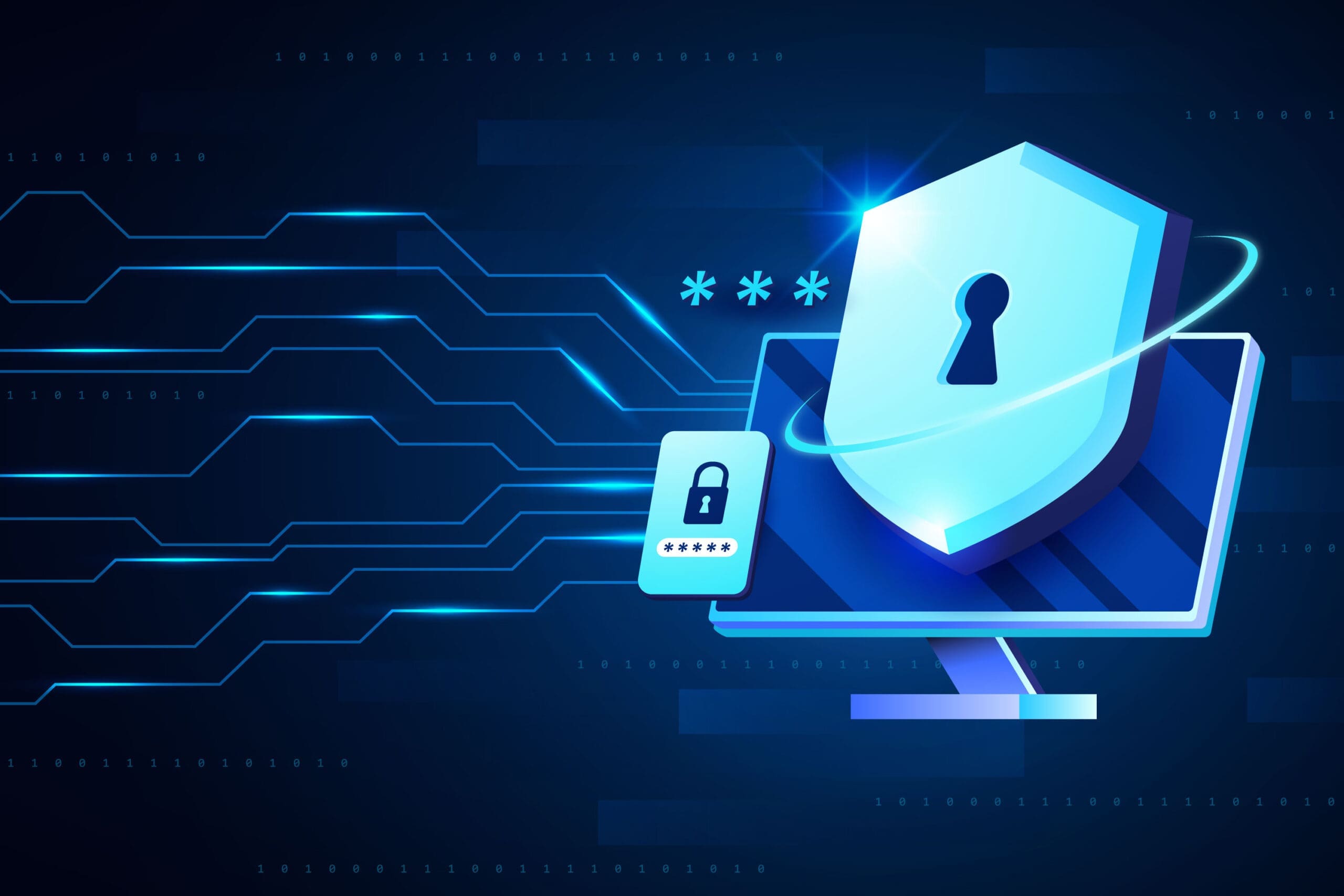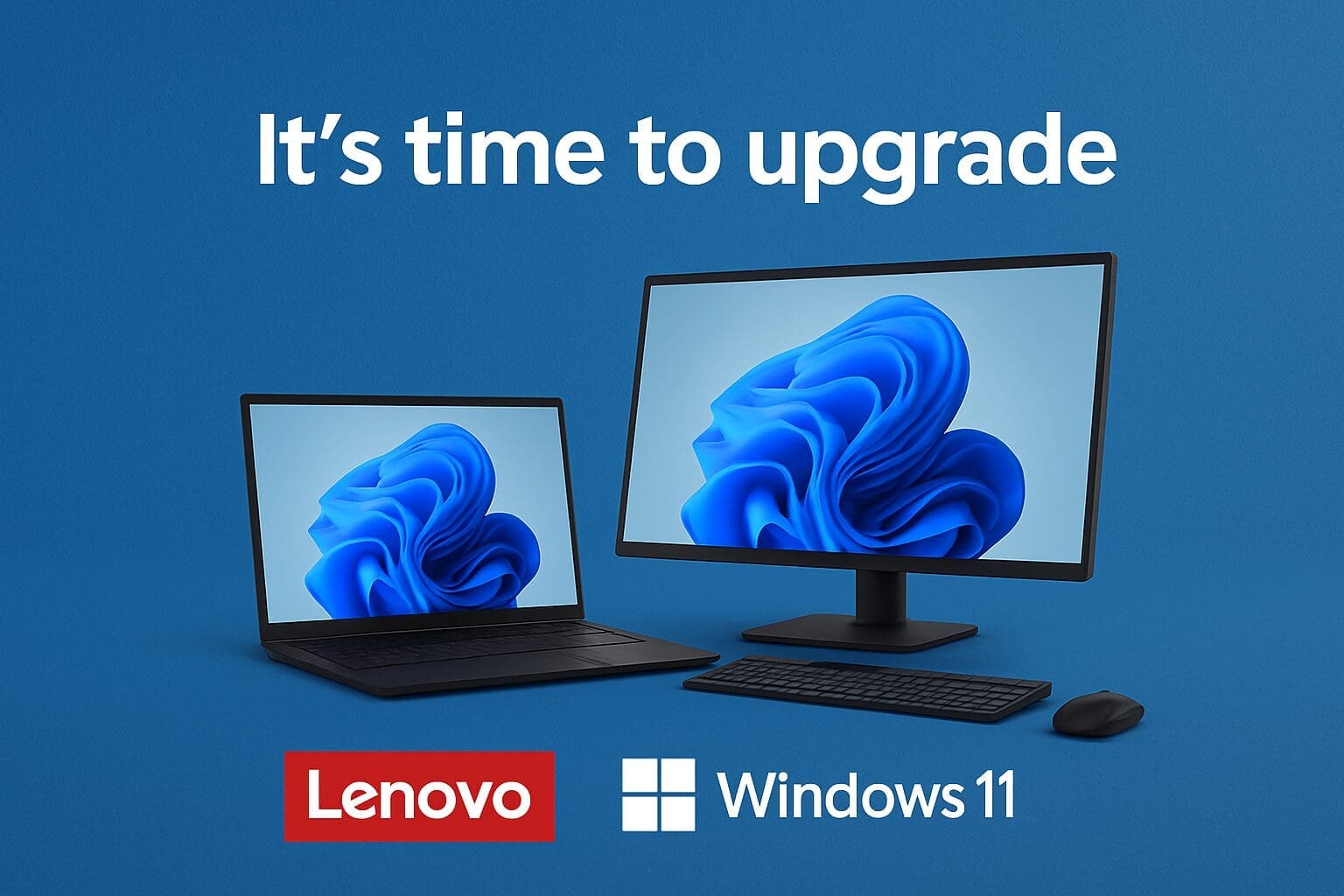IPv6, a relatively new technology, is gaining momentum worldwide, with approximately 45% usage globally. In the United States, IPv6 has become the dominant protocol, boasting a 50% usage rate. In this guide, we’ll explore the evolution of IPv6 and its transformative impact on the technology industry.
The Evolution of IPv6 Usage
Many industries are embracing IPv6 to enhance their operations. US-based mobile and cable providers spearheaded the migration to IPv6 to address IPv4 space depletion and eliminate Network Address Translation (NAT) constraints. Operating system developers have long embraced IPv6, advocating its adoption to consumers. Major content and application providers like Google and YouTube have also embraced IPv6, further driving its adoption.
IPv6 Adoption on a Global Level
IPv6 adoption is gaining momentum globally. Both the United States Federal Government and Portugal have mandated a transition to IPv6-only systems. While China’s government has yet to migrate fully, it has allocated funding for IPv6 infrastructure development. Numerous other countries are also progressing towards IPv6 adoption, with the United States leading the charge in embracing cutting-edge technologies.
Differences Between IPv4 and IPv6
IPv4 relies on ARP, a broad-cased protocol, which poses performance challenges due to its interruptive nature. In contrast, IPv6 utilizes the Neighbor discovery protocol, leveraging multicast technology to minimize interruptions. While there are differences between IPv4 and IPv6, the transition away from broad-cased protocols is a significant driver for IPv6 adoption.
SLAAC in IPv6
IPv6 employs Stateless Address Autoconfiguration (SLAAC), initially using EUI64 to derive addresses from MAC addresses–however, privacy concerns led to the adoption of privacy extensions. Despite addressing privacy issues, SLAAC privacy extensions introduced challenges in device ownership identification, prompting companies to explore alternatives like DHCPv6.
Differences Between DHCPv6 and SLAAC
While DHCPv6 offers seamless address tracking, SLAAC requires additional methods, such as Radius tracking and CAM table scrapes. However, DHCPv6 is not universally supported, with Android lacking DHCPv6 client support.
IPv6 Mostly
RFC 8925 introduces IPv6-only preferred options for DHCPv4 servers, streamlining IPv6 adoption. This approach prioritizes IPv6 configuration in DHCP server pool configurations.
IPv6 adoption continues to expand across industries, revolutionizing legacy systems and improving network quality, reliability, and security. The transition to IPv6 unlocks new opportunities, enabling efficient packet flow distribution and precise content and server addressing. With IPv6, networks can achieve enhanced performance and robust security capabilities, driving the evolution of networking technology.
Ready to embrace the future of networking with IPv6? Reach out today to learn how Lockstep can help you navigate the transition and optimize your network for the challenges ahead.







